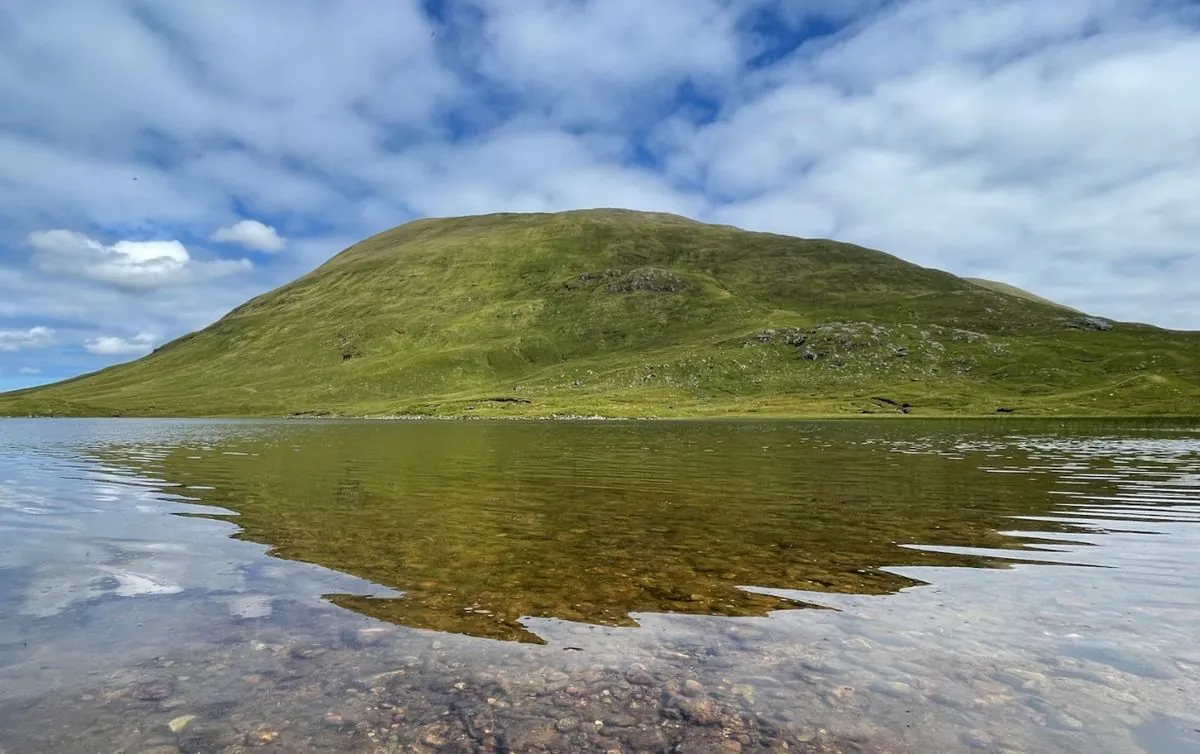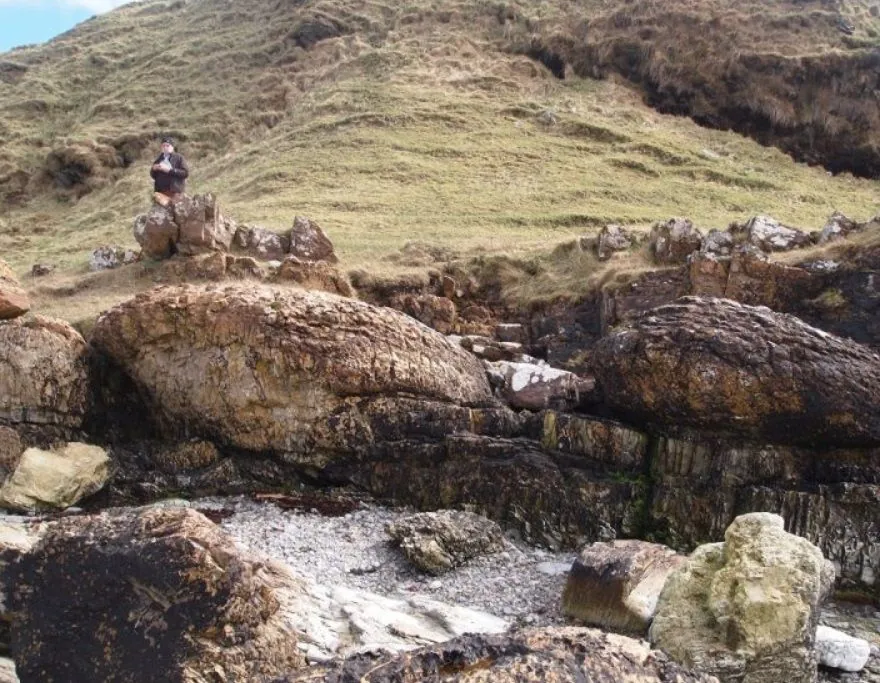Rock formations in Scotland and Ireland testify to a crucial moment in Earth's history
Kyiv • UNN
The Port Askeague Formation may be the most complete evidence of a “snowy Earth”. Layers of rock up to 1.1 km thick were laid down 662-720 million years ago during the Sturt glaciation.

A rock formation covering Ireland and Scotland may be the most complete evidence of the time when the Earth was covered with ice. Writes UNN with reference to the publication in the Journal of the Geological Society of London and Phys.org.
Details
A new study conducted by scientists at University College London (UCL) has shown that a rock formation spanning Ireland and Scotland may be the world's most complete evidence of a "snowy Earth" - a crucial moment in the planet's history when the globe was covered in ice.

The study found that the Port Askeague Formation, consisting of rock layers up to 1.1 km thick, was probably laid down between 662 and 720 million years ago. During this time period, there was the Sturtian glaciation, the first of two global freezes that are believed to have caused the development of complex multicellular life.
These rocks record a time when the Earth was covered in ice. All complex multicellular life forms, such as animals, arose from this deep freeze, the first evidence in the fossil record. a record that emerged shortly after the planet thawed
The study report indicates that the rock layers that were discovered at Harvellach are unique in the world.

Under the rocks, which were laid down during the incredible cold of the Sturt glaciation, there are 70 meters of older carbonate rocks formed in tropical waters
These layers, according to the scientist, record a tropical marine environment with thriving cyanobacterial life that has gradually become colder, marking the end of about a billion years of temperate climate on Earth.
Help
The Sturtian glaciation lasted approximately 60 million years and was one of the two great cooling events that occurred during the Cryogenic Period (between 635 and 720 million years ago). For billions of years before this period, life consisted of only single-celled organisms and algae.
After this period, complex life quickly emerged geologically, and most modern animals are fundamentally similar to those life forms that evolved more than 500 million years ago.
One theory is that the hostile nature of extreme cold may have led to the emergence of altruism, when single-celled organisms learned to cooperate with each other to form multicellular life.
Recall
UNN reported that Ukrainian geologists plan to digitize 60 thousand geological reports - the database will be useful for investors and international competitions.